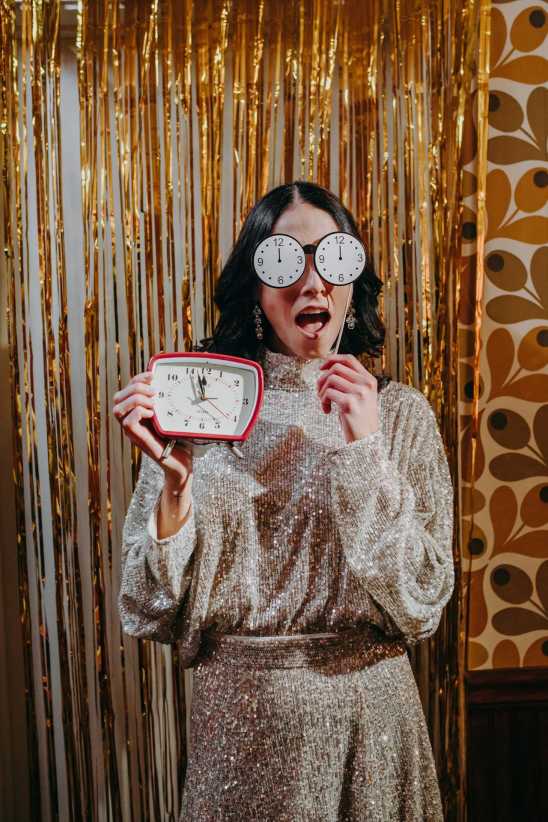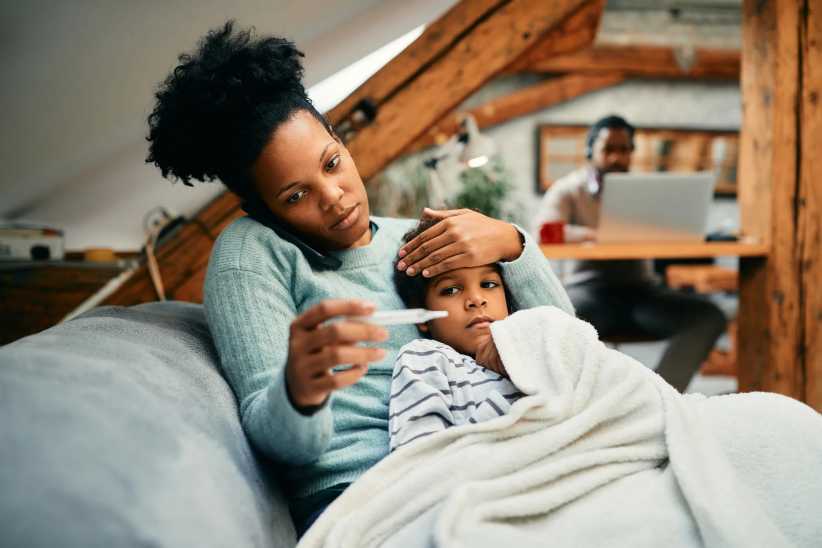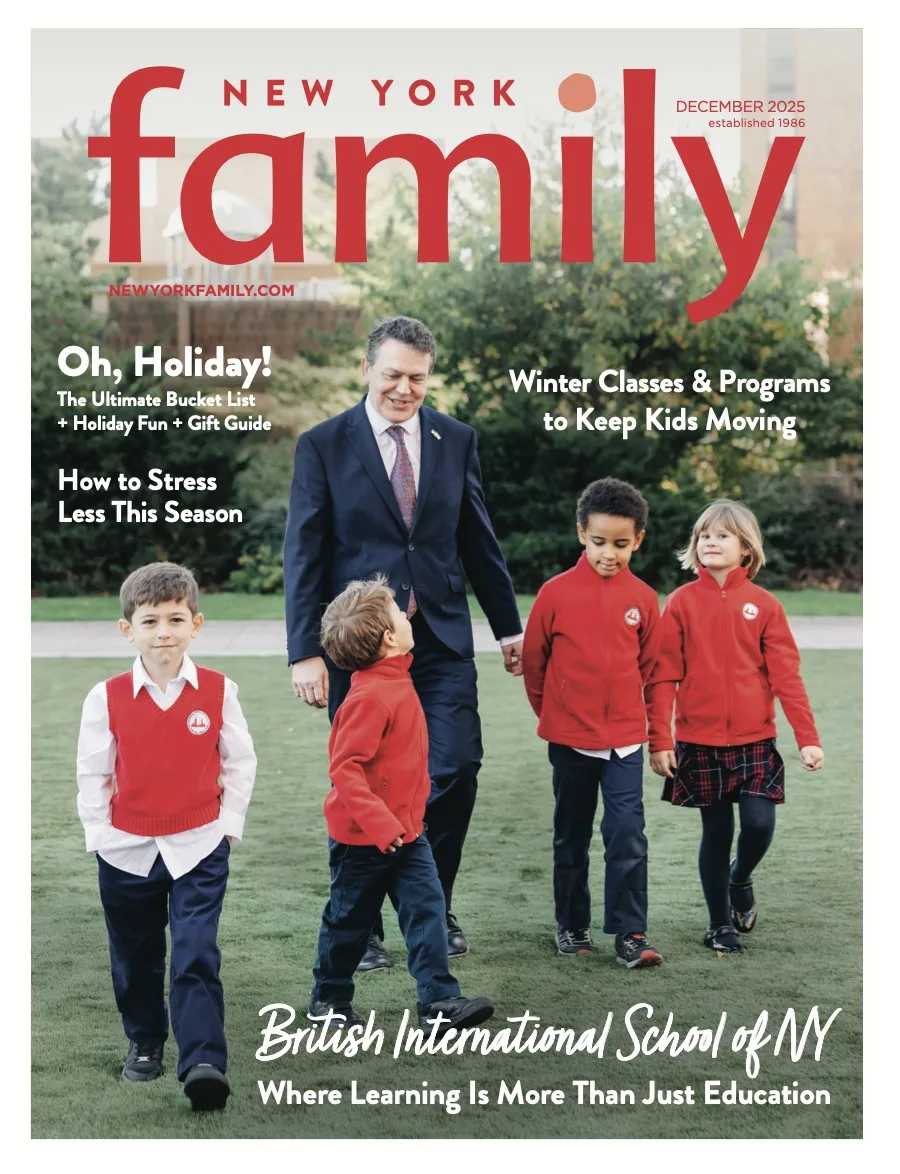 Last summer, my 5-year-old son, Sam, refused to go to swimming lessons without his goggles, even after his teacher explained that it was better to learn to swim without them first. In the fall, he begged for soccer cleats, though shin guards were the only required equipment. He believes he cannot run fast—one of his favorite pastimes—without his “fast sneakers.” Running “superfast” requires his Superman cape. His aunt, knowing this, bought him a shirt featuring a lightning bolt and the words “FAST AS LIGHTNING” in giant letters. He was out-of-his-mind excited to wear it to school, certain it would make him the fastest kid on the playground. At drop-off, he ran to show it to a friend, and when that friend’s mom smiled good-naturedly and joked: “Cool! It says, ‘Slow as a Turtle!’” a look of total panic spread across his face. Now, after several months of multiple-times-a-week wear, the shirt is threadbare, the bold letters all but peeled off.
Last summer, my 5-year-old son, Sam, refused to go to swimming lessons without his goggles, even after his teacher explained that it was better to learn to swim without them first. In the fall, he begged for soccer cleats, though shin guards were the only required equipment. He believes he cannot run fast—one of his favorite pastimes—without his “fast sneakers.” Running “superfast” requires his Superman cape. His aunt, knowing this, bought him a shirt featuring a lightning bolt and the words “FAST AS LIGHTNING” in giant letters. He was out-of-his-mind excited to wear it to school, certain it would make him the fastest kid on the playground. At drop-off, he ran to show it to a friend, and when that friend’s mom smiled good-naturedly and joked: “Cool! It says, ‘Slow as a Turtle!’” a look of total panic spread across his face. Now, after several months of multiple-times-a-week wear, the shirt is threadbare, the bold letters all but peeled off.
On Halloween, Sam is a purist: Costumes must be both scary and sufficiently ghoulish. Daring to trick-or-treat as a racecar driver, baseball player, or favorite TV character demonstrates a fundamental misunderstanding of the holiday. One year he went as a ghost (the classic sheet with holes cut out), and last October I vetoed a particularly gruesome grim reaper costume. “Do you think that it’s kind to want to scare other kids—really scare them?” I asked him. “I don’t want to scare them,” he replied. “I just want them to look at me and say: ‘Oh, that’s a scary costume.’” We finally settled on a spider: Black trouser socks stuffed and sewn onto a black sweatshirt.
One Saturday after a storm, my husband asked Sam to help him pick up fallen debris outside. He happily agreed, eager to help. But when he disappeared into his room, my husband figured he had gotten distracted and finished the job without him. Eventually Sam resurfaced, wearing “work boots,” “work jeans,” and a button-down “work shirt.” He had painstakingly picked out an outfit as close to his dad’s as possible. When he learned there was no more work to be done, he was distraught.
At first I tried to help Sam get past what I saw as an over-concern for the external. “Your shirt doesn’t make you run fast; your legs do!” I told him. Then one evening, before plunging my hands into a bowl of marinating chicken, I took off my wedding and engagement rings and set them on the kitchen counter. Sam, seated on a stool across from me, reached across the counter for the rings.
“Careful with those,” I said. “I don’t want to lose them.”
“Why, because then you won’t be married anymore?”
I thought about this. “Well no, the rings don’t make me married, but they make me better at being married. When I look at them, they remind me to keep the promises I made.”
Then I thought about all the otherwise useless objects that tell me who I am (my grandmother’s round purple glass paperweight, the kind with the bubbles suspended inside), and the objects that tell me who I still hope to be (the letter I received as a 9-year-old after writing to a favorite author). I thought about Sam and his soaring hopes of being the fastest runner, the strongest swimmer, the scariest trick-or-treater, the biggest helper. And I thought if swim goggles and soccer cleats shore up his courage in the face of failure, if a spider costume assures him he is navigating the world aright, if a Superman cape reminds him that he can do the hard things worth doing, that’s okay. He wears them well.
Katie Hautamaki is a mother of three and the former deputy editor of New York Family.












